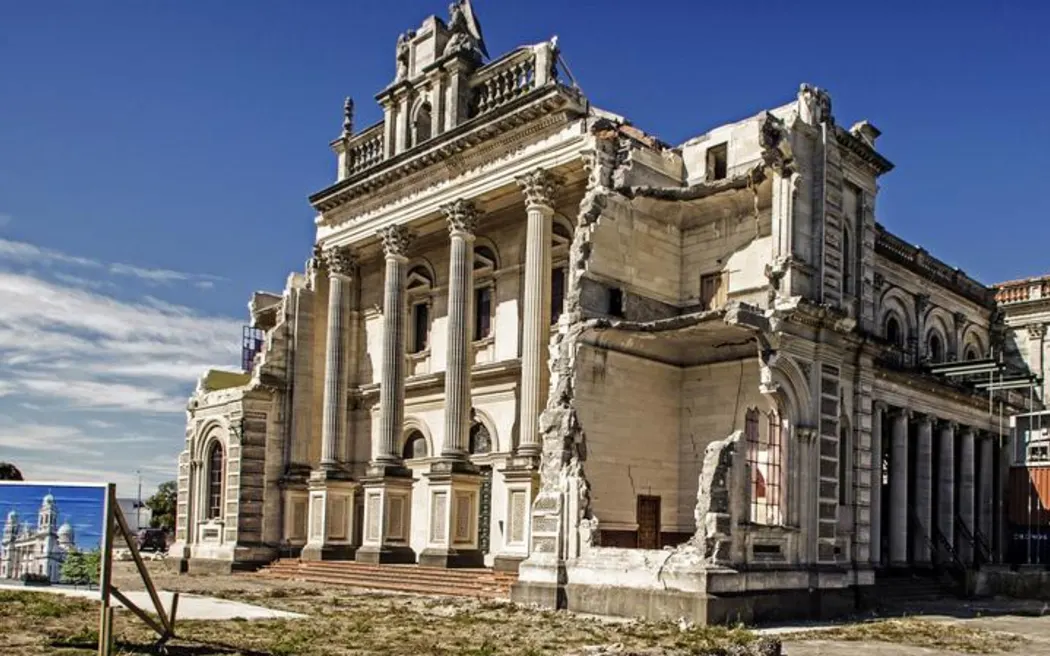The Role of Cathedrals in Modern Society
Cathedrals have long stood as architectural marvels and cultural icons, with their towering spires and intricate stained glass windows attracting millions of visitors annually. Beyond their physical grandeur, cathedrals serve as spiritual centers, historical landmarks, and tourist attractions, contributing to both religious life and local economies.
In recent years, the role of cathedrals has evolved. Once solely places of worship, they now host a variety of events, including concerts, exhibitions, and even community outreach programs. As society changes, so do these religious structures, but the challenge remains—how do we preserve their historical significance while adapting to contemporary needs?
Key Historical Cathedrals and Their Significance
Notre-Dame Cathedral, Paris
Notre-Dame de Paris is one of the world’s most recognized cathedrals, celebrated for its Gothic architecture and rich history dating back to the 12th century. The cathedral has witnessed significant moments in French history, including coronations and royal weddings. However, the 2019 fire severely damaged the structure, sparking a global effort to rebuild and restore the iconic landmark. Efforts are ongoing to ensure the cathedral is returned to its former glory by 2024, aligning with Paris hosting the Olympic Games.
St. Paul’s Cathedral, London
St. Paul’s Cathedral in London is a masterpiece of English Baroque architecture, designed by Sir Christopher Wren in the 17th century. This cathedral holds immense national significance, having hosted the wedding of Prince Charles and Princess Diana and the funerals of Winston Churchill and Margaret Thatcher. Its grand dome remains a defining feature of the London skyline.
While preserving its historical importance, St. Paul’s has embraced modernity by hosting contemporary art installations and lectures, demonstrating how ancient cathedrals can adapt to the needs of today’s society.
Washington National Cathedral, Washington, D.C.
In the United States, the Washington National Cathedral holds a unique place. It is not only a place of worship but also serves as a venue for national events, including state funerals for U.S. presidents and interfaith services. Built in the early 20th century, this Gothic-style cathedral remains an important symbol of unity and faith in American culture. Its ongoing preservation efforts highlight the importance of maintaining religious and cultural heritage in an ever-changing world.
Challenges Facing Cathedral Preservation
Preserving ancient cathedrals is a monumental task, as these structures are subject to natural wear, environmental damage, and, in some cases, devastating incidents like fire. Restoration is often a delicate balance between maintaining historical integrity and modernizing facilities for practical use.
Financial Constraints
Restoration and maintenance require significant financial investments. Many cathedrals rely on donations, government funding, and international grants to finance their preservation efforts. With increasing costs and competition for funding, some cathedrals struggle to maintain the necessary resources to restore their historical features. Churches often look to tourism as a source of revenue, but even that has its limits.
Environmental Impacts
Many cathedrals, especially those built centuries ago, were constructed without the modern knowledge of environmental impacts. Pollution, acid rain, and climate change are major contributors to the degradation of stone facades, stained glass, and wooden elements. In some cases, rising water levels due to climate change also pose a threat, particularly for coastal or riverside cathedrals.
Integrating Modern Technology
While historical preservation remains a priority, there is also a need to modernize cathedrals for contemporary use. Integrating heating, lighting, and sound systems without disrupting the historical architecture can be a significant challenge. Many restoration teams use cutting-edge technology to strike this balance. For example, the Notre-Dame restoration project is employing 3D mapping techniques to recreate lost architectural details with precision.
Cathedrals as Cultural and Community Hubs
One of the most fascinating aspects of cathedrals in the 21st century is their transition into cultural and community hubs. While religious services are still a core function, cathedrals have increasingly become venues for concerts, art exhibitions, and even social justice initiatives.
Art and Music in Cathedrals
Many cathedrals are celebrated for their acoustics and have become premier venues for orchestral performances and choral concerts. St. Paul’s Cathedral, for example, regularly hosts classical music concerts that draw visitors from around the world. Meanwhile, contemporary artists are increasingly using cathedral spaces to display installations, blending the sacred and the modern in fascinating ways.
Community and Social Outreach
Cathedrals often play a role in supporting their local communities, offering shelter, food programs, and other forms of social outreach. The Washington National Cathedral, for instance, has an active social justice initiative that includes programs addressing poverty, homelessness, and mental health. Many cathedrals have also expanded their role to serve as safe spaces for interfaith dialogue and collaboration, reflecting a more inclusive approach to community engagement.
The Future of Cathedrals
While cathedrals hold deep historical significance, their future lies in their ability to adapt. The growing interest in sustainable tourism, green building practices, and inclusive programming will shape how these structures continue to serve the public in the years to come.
Sustainable Tourism and Conservation
With increased attention on environmental sustainability, cathedrals are becoming part of the global conversation on responsible tourism. Implementing green building techniques during restoration projects and adopting eco-friendly practices can help preserve these landmarks for future generations. Initiatives such as reducing energy consumption and using locally sourced materials for repairs are becoming more common in restoration efforts.
Inclusive Worship and Events
As society becomes more diverse, cathedrals are opening their doors to a wider audience. From interfaith services to hosting global events, cathedrals are striving to be inclusive spaces for all. This evolution reflects a broader trend toward inclusivity in religious spaces, ensuring that these ancient buildings remain relevant in the 21st century.
Conclusion
Cathedrals remain enduring symbols of faith, history, and community. As they adapt to the changing needs of society, these magnificent structures will continue to inspire and serve future generations. Balancing preservation with modern innovation is key to ensuring that cathedrals retain their cultural and spiritual significance while embracing new roles in an evolving world.
Read More :The Ultimate Guide to Breve Coffee:


Leave feedback about this